The subject of anthropology is vast. It has everything related to humans, past and present, far and near. Other sciences and disciplines study one or the other aspect of a human being like physiologists studying the biological aspects of humans, sociologists studying the social aspects of humans and so on. Anthropologists are interested in all aspects of a human being. That is why anthropology is defined as the science of man in totality as explained in the topic- Introduction to Anthropology in one of my articles. Obviously, it is almost impossible for a single anthropologist to study and investigate personally every aspect of man. So the division of anthropology into various branches and subfields is required to make it easy for everyone. This division can overlap and is not always seen by scholars as distinct.
At present, there are four branches of anthropology –
- Physical Anthropology
- Socio-Cultural Anthropology
- Archaeological Anthropology
- Linguistic Anthropology
Physical Anthropology

Physical anthropology also known as Biological Anthropology is the study of the nature of the human organism. It deals with the evolution of man and their living and fossils relatives. Through the study of fossils discovered and observation of living primates, the physical anthropologist tries to trace the ancestry of the human species to understand the origin and development of man with time and space. They reveal every biological aspect of humans. The study population genetics. They try to explain similarities and dissimilarities between Primates and Humans.
Another important concern of Physical anthropology is the study of human variation. We, humans, belong to the same species i.e. homo sapiens but we differ from each other in many ways. We all look alike physically. This is what physical anthropology deals with.
In short physical anthropology falls into two main fields: The study of man as a product of an evolutionary process and the study and analysis of human populations.
Socio-Cultural Anthropology

Social or Cultural anthropology is the study of the learned behaviour of man in a particular environment. Earlier it was known as ethnology. Kroeber points out that ethnology is “the science of people, their cultures, and life histories as groups”. It deals with the study of inter-relationships between people and their environment, between human beings as organism and their cultures, and between different cultures and different aspects of cultures.
Ethnology is the comparative understanding and analysis of different ethnic groups across time and space. They also study the dynamics of culture i.e. how culture develops and changes with time. Ethnography is the study of social and cultural features in detail and it is documented. Ethnography is not a comparative study.
When a person picks one culture and studies that culture thoroughly he is doing ethnography and ethnological study is based on two or more ethnographies. Ethnography provides the raw material for ethnology. Socio-cultural anthropology covers both these areas.
Archaeological Anthropology
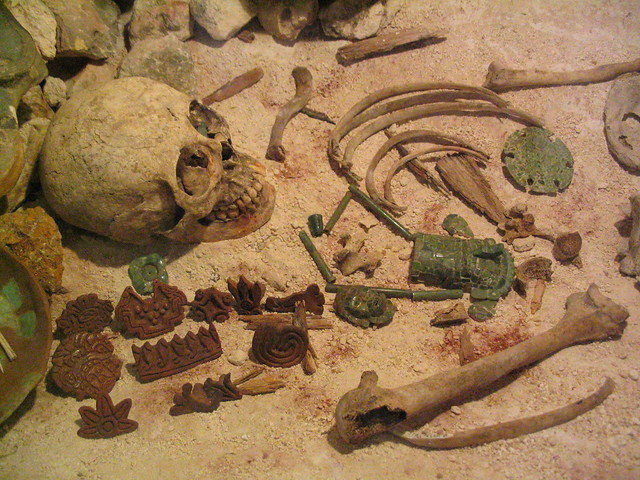
It is that branch of anthropology that is concerned with the study of material objects as a means of describing and explaining human behaviour. It focuses on man’s past as things rather than ideas survive. Unlike socio-cultural anthropologists, archaeological anthropologists cannot observe culture and behaviour directly but they reconstruct them from the remains discovered like pottery, cave/rock paintings, ornaments etc.
Goals :
- Classifying and sequencing material culture
- Reconstructing ancient ways of life
- Explaining and delineating cultural processes
Artefacts are the material remains of human society. The archaeological anthropologist may often focus their work on a specific period of history. They may study prehistoric culture i.e. before the art of writing developed or historic culture i.e. the time when writing and records are available.
Linguistic Anthropology

Linguistic anthropology is the study of speech and language within the context of anthropology. It is the study of language as a cultural resource and speaking as a cultural practice. It studies linguistic variations, how language is developed, how different language of the world is interrelated with each other, and how language is learned.
It mainly focuses on unwritten languages i.e. those languages which have no form of writing, languages used by indigenous people of non-western societies. It is concerned with relations between language and other aspects of human behaviour and thought. Language gives us insight into the culture and it is one of the important tools for studying and understanding people.
Sociolinguistics is the use of language in various social contexts. In other words, it studies the role of language in social behaviour. Historical linguistics tells us about the historical link between different languages. It is useful in tracing the migrants of various societies. The structural linguistic study is the structure of the linguistic pattern. It compares grammatical patterns and other linguistic elements.
Read more:
- The Maharaj Libel Case of 1862: A Landmark in Colonial Legal and Social History
- Acclimatization: The Subtle Dance Between Humans and Their Environment
- The Anthropology of Sleep
- Lamarck’s Theory of Evolution
- Bipedalism and Structural Changes
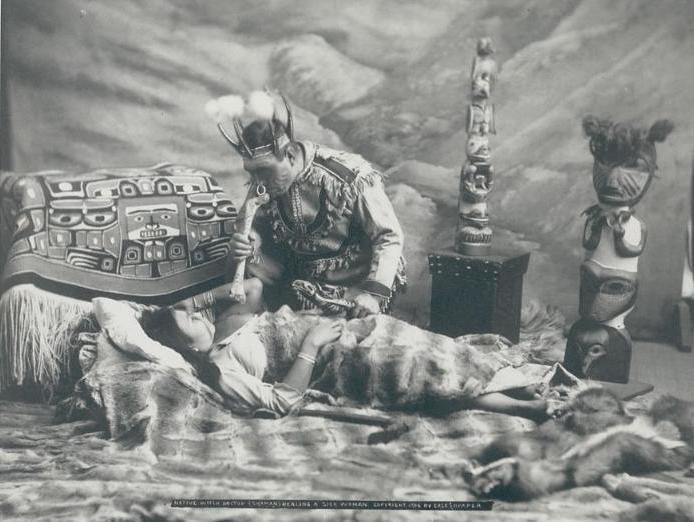

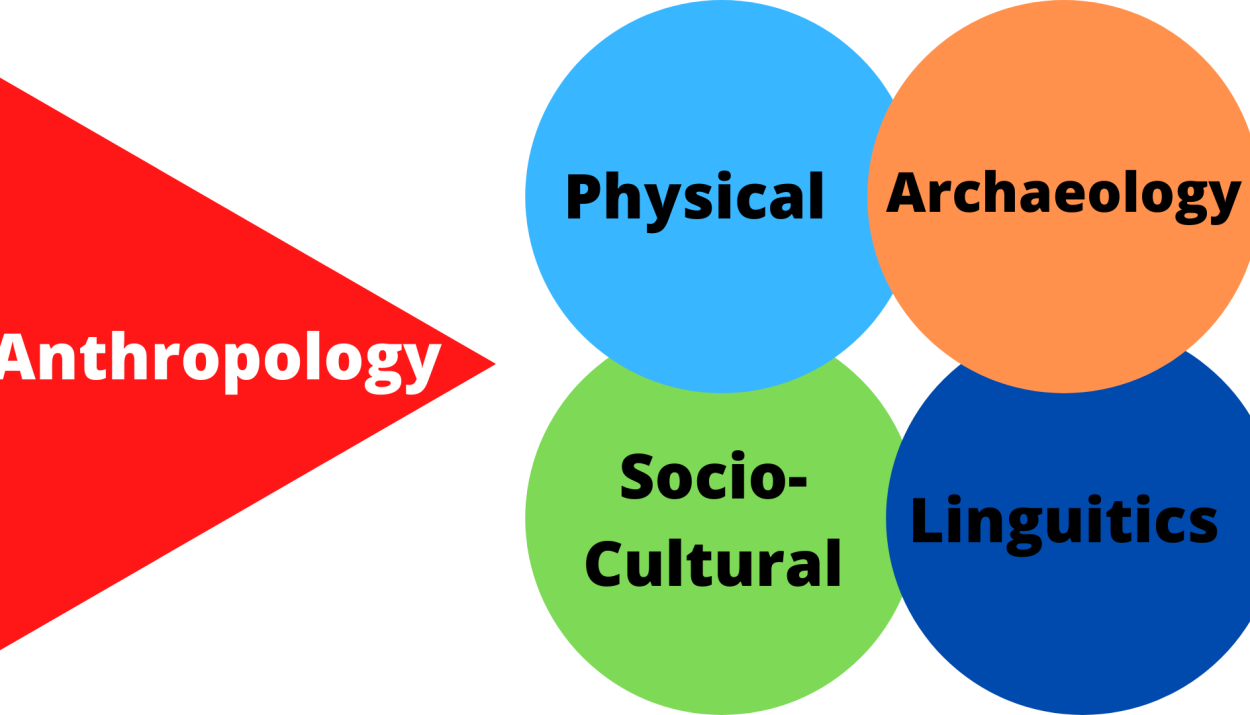
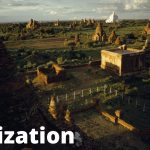

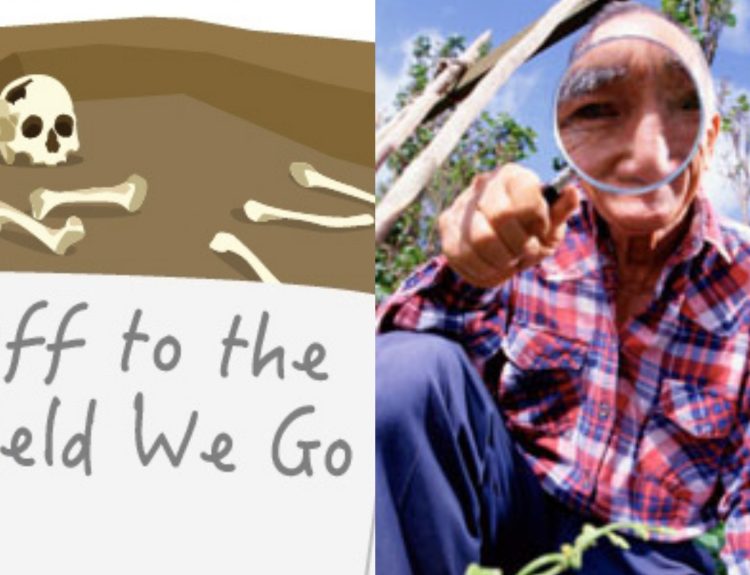
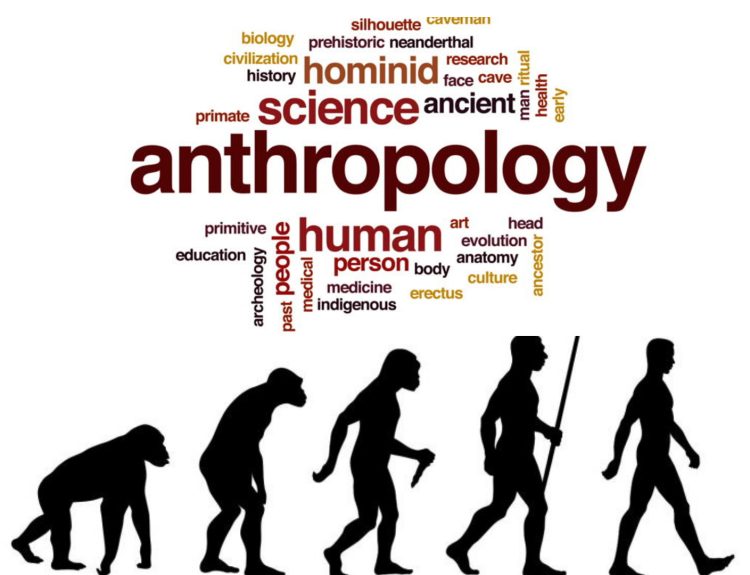
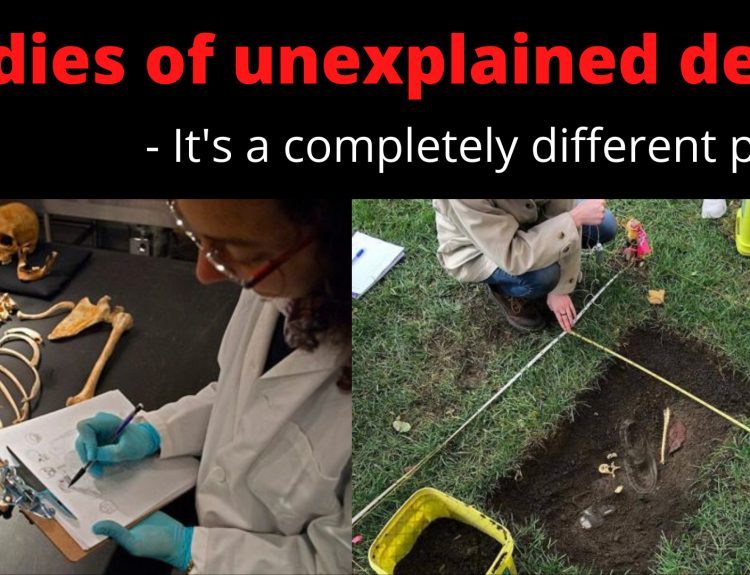
1 Comment
Klhobiv
3 years agoThank you, your site is very useful!